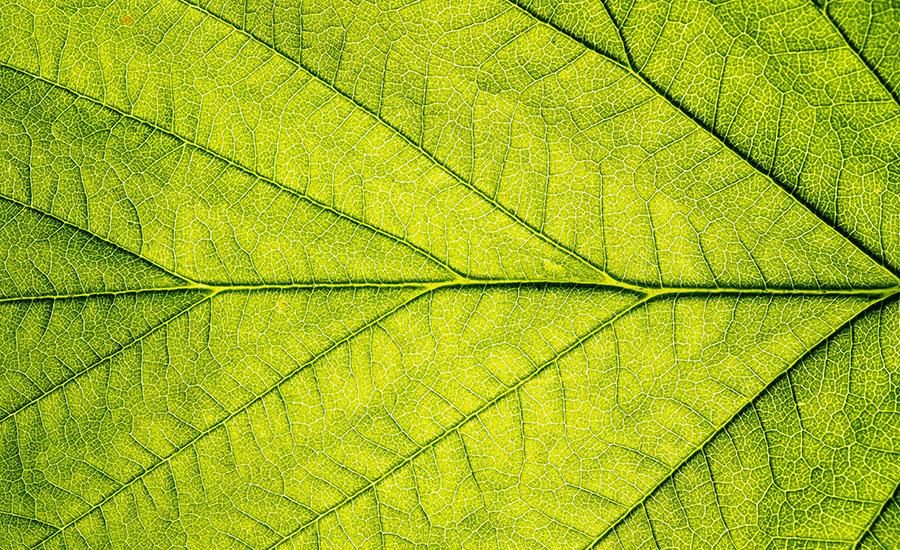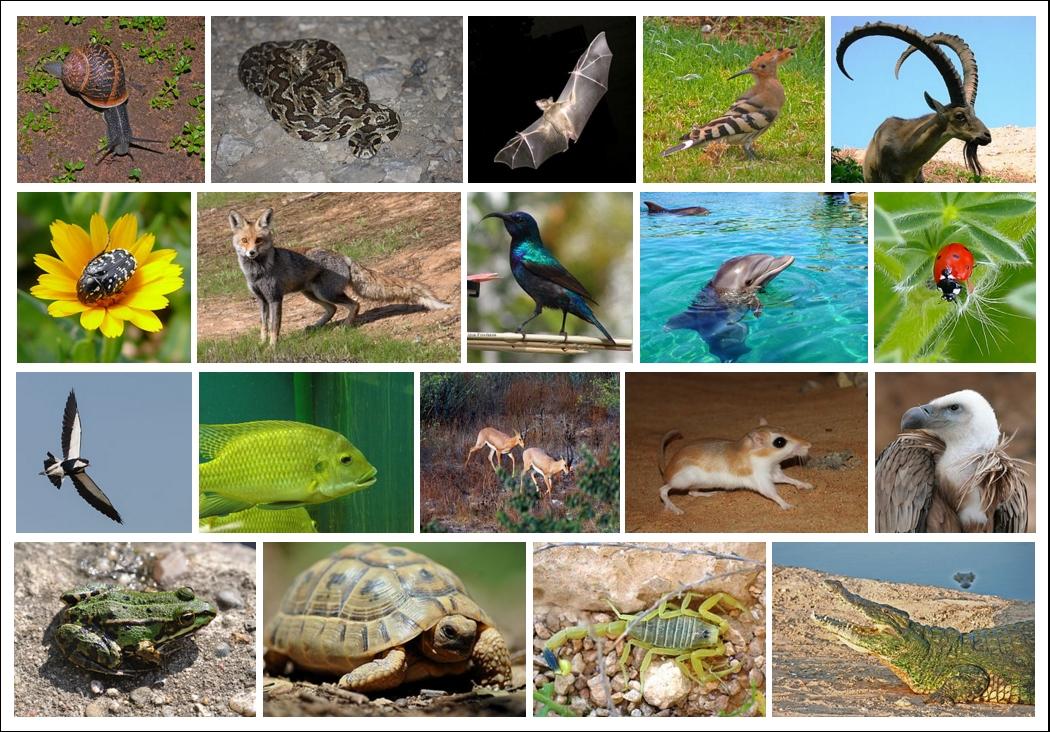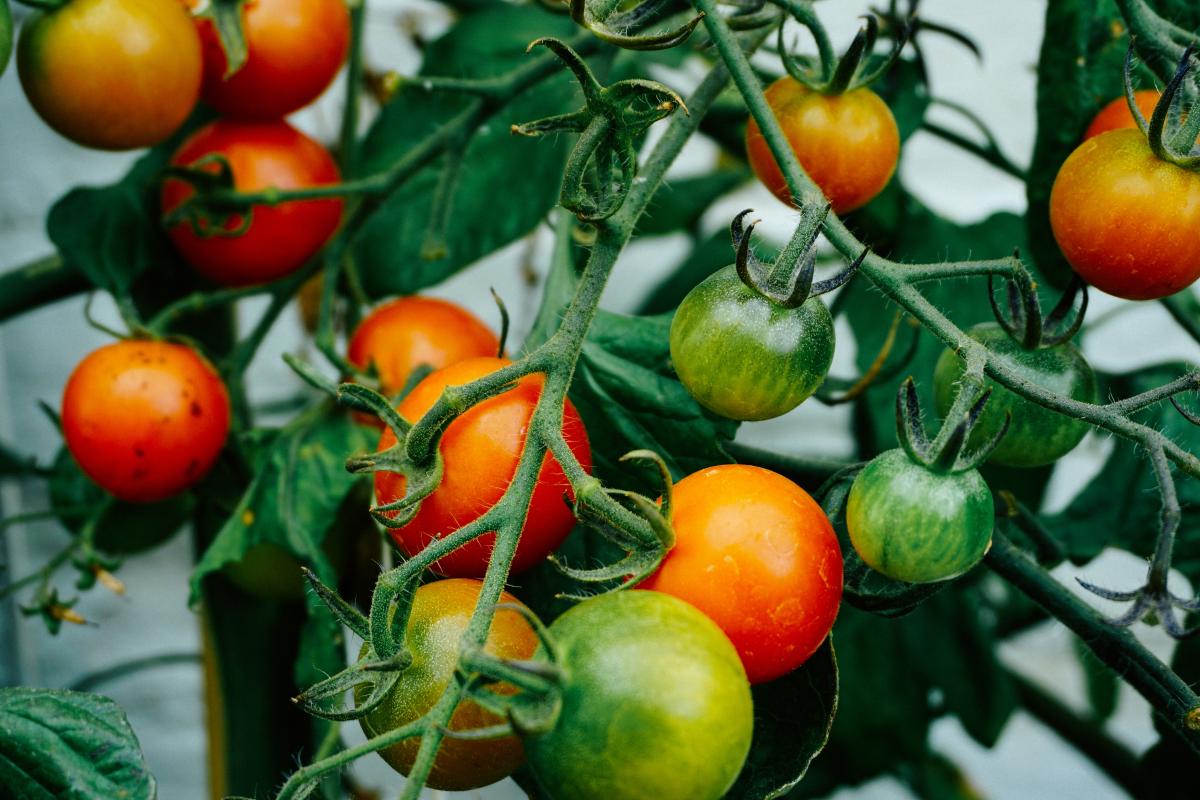
Learning Through Leaf Packs: Chemical Testing to Assess Water Quality (Lesson 8 of 8)
This is an 8-lesson unit that is designed to be used together to learn about the health and diversity of your local watershed by placing leaf packs into a water source (natural or man-made ponds, lakes, streams, and rivers) and attracting macroinvertebrates. This is the final lesson in a series of 8. Links to lessons and resources are included.
Students test water quality in this engaging lesson. If you do not live close to a water source, the Leaf Pack Network has an online simulation. They will collect results and create a Google Slides presentation to describe the test, how it was performed and what it revealed about the water quality of the sources.
Lesson Plan Link/URL
https://docs.google.com/presentation/d/1u2o4LA-48ODL4EjYkT-dcqjQUHZkKeJp/edit?u…Related Content

In this lesson students will learn about water filtration and how to filter simulated Martian water. Students will build water filters and use the engineering design process. This is the 2nd lesson in

Students research desert organisms and create a dynamic food web system model using Loopy.

Students will continue from their research and start an investigation to help with their solution. They will first learn about compost and what it does. They will then develop and investigation and